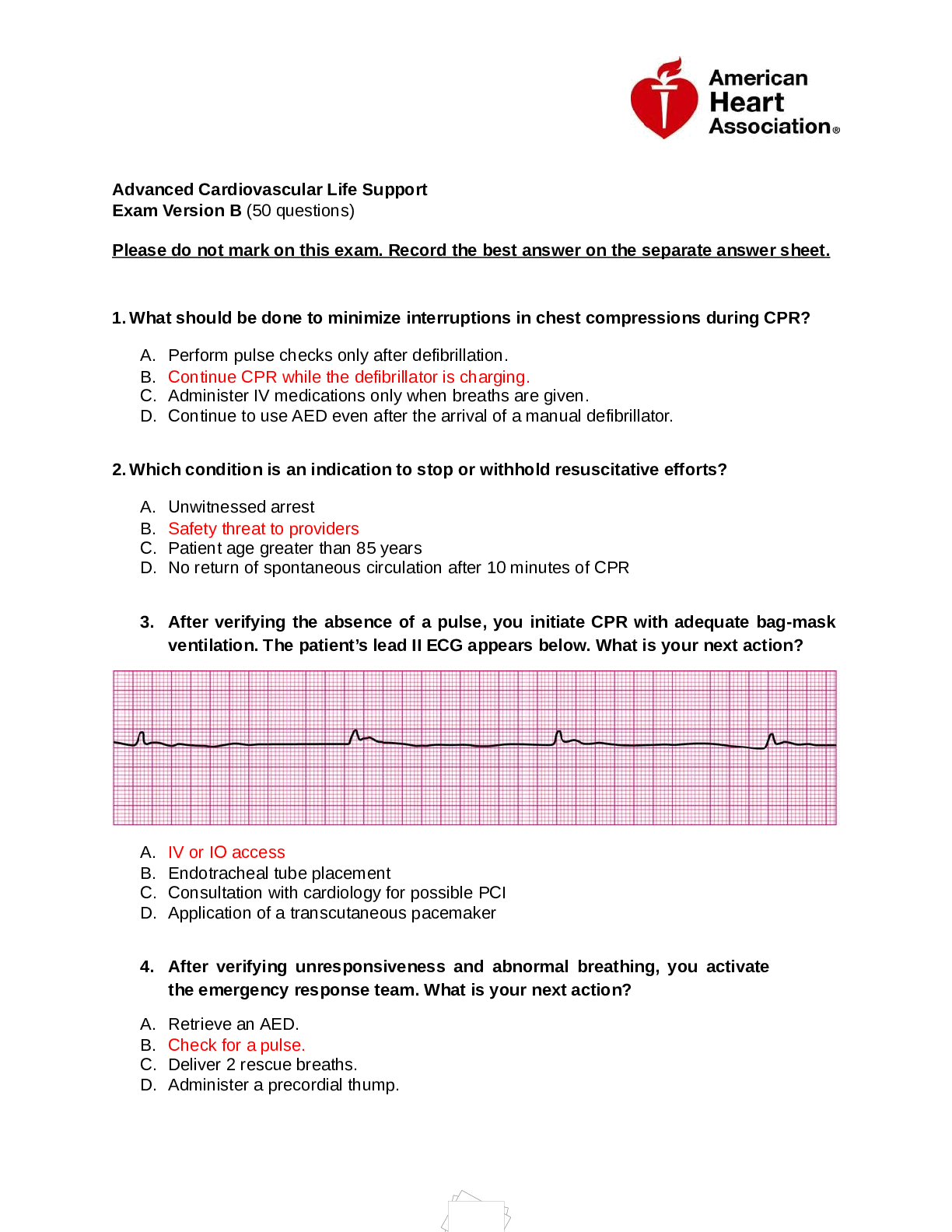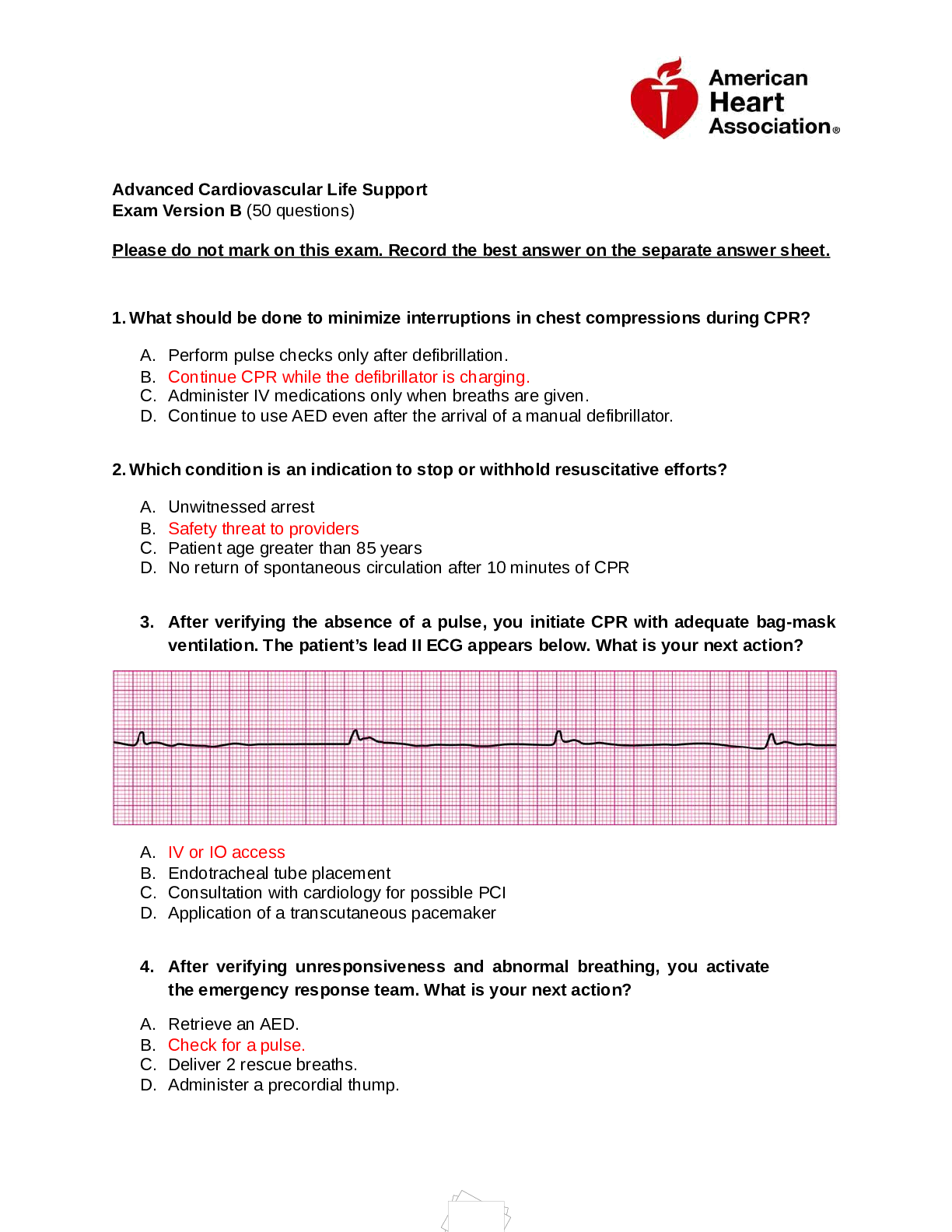ACLS Exam Version B .
Course
Project Management
Subject
Chemistry
Category
Questions and Answers
Pages
15
Uploaded By
ATIPROS
Preview 4 out of 15 Pages


Download all 15 pages for $ 8.00
Reviews (0)
$8.00
